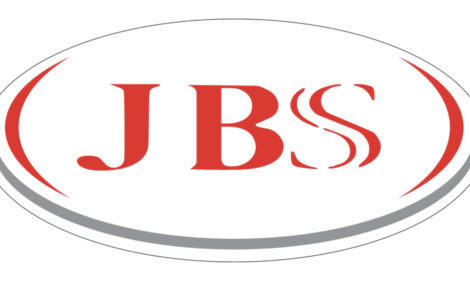|
Need a Product or service?
|
|

The revised rules will reduce costs for farmers and industry while maintaining the EU's high level of protection against BSE. Until now, Regulation (EC) 999/2001 required the slaughter and destruction of all bovine animals on the same holding as an animal having died of BSE, as well as any recent calves.
In addition, all animals of the "cohort" (animals of the same age born or reared in the same herd as the BSE case, having received the same potentially infected feed when they were calves) had to be destroyed.
According to the revised rules, only the animals of the cohort will have to be destroyed and the definition of the cohort is revised to make it clear that the rules apply to animals of both the "birth" and "rearing" cohort.
In fact, most Member States were already using a derogation to limit culling to the cohort rather than destroying the whole herd. The new rules will clarify this situation by making cohort culling the rule rather than the derogation. In addition, the revised rules will allow Member State veterinary authorities to decide not to destroy certain animals of the cohort if evidence is provided that these animals did not have access to the same feed as the BSE case.
The modification of the Regulation brings the BSE eradication rules more into line with the advice of the European Food Safety Authority (EFSA) and with the animal health code of the OIE (World Organisation for Animal Health).
Source: European Commission - 17th June 2004















